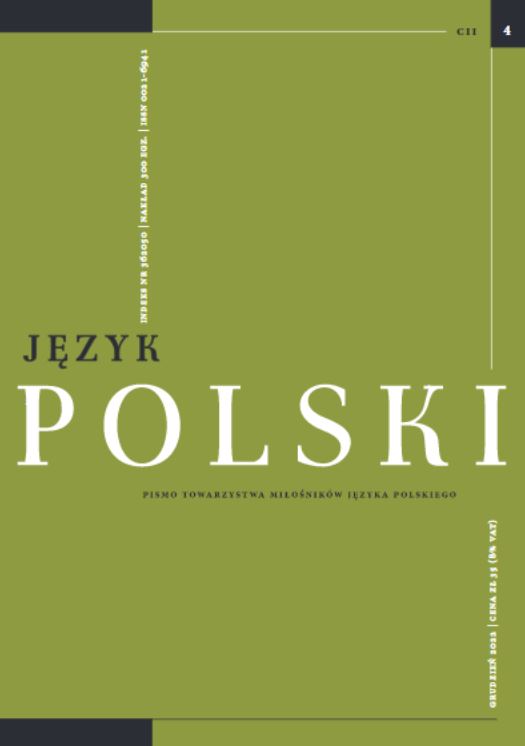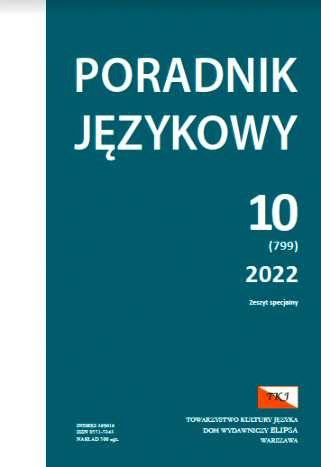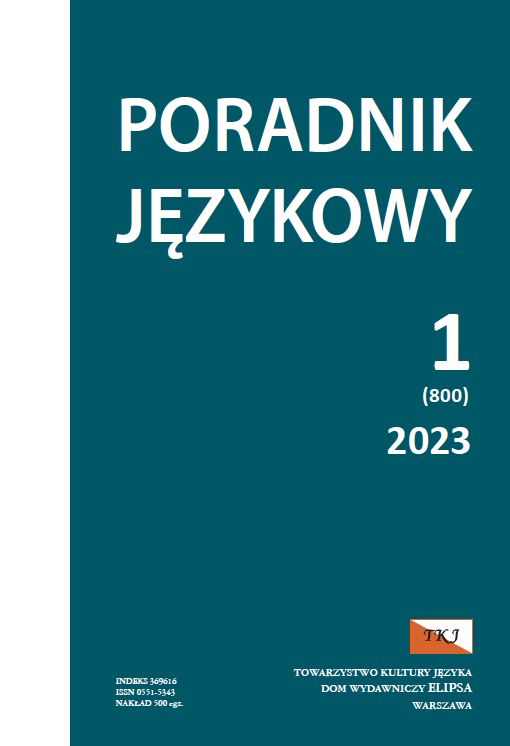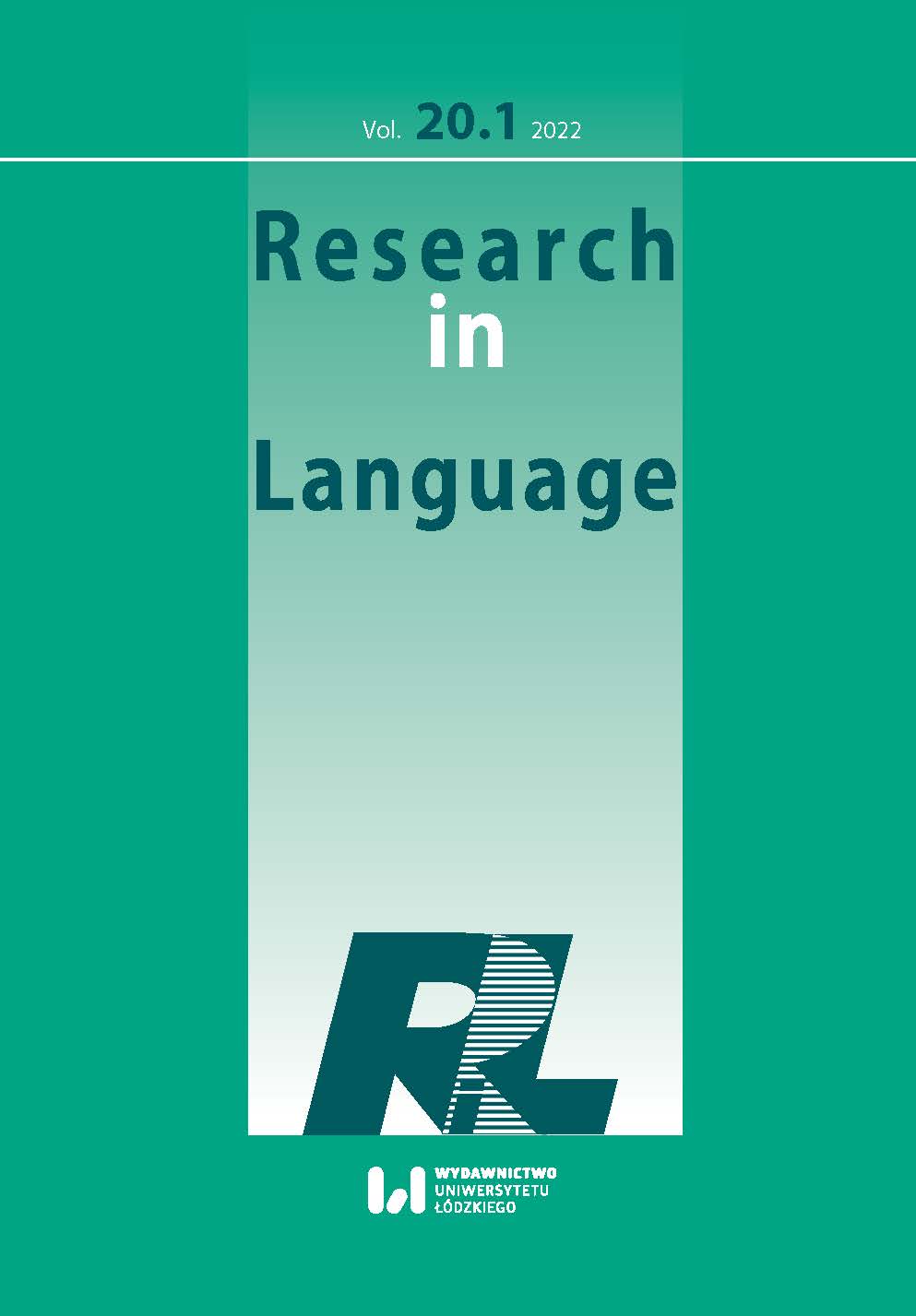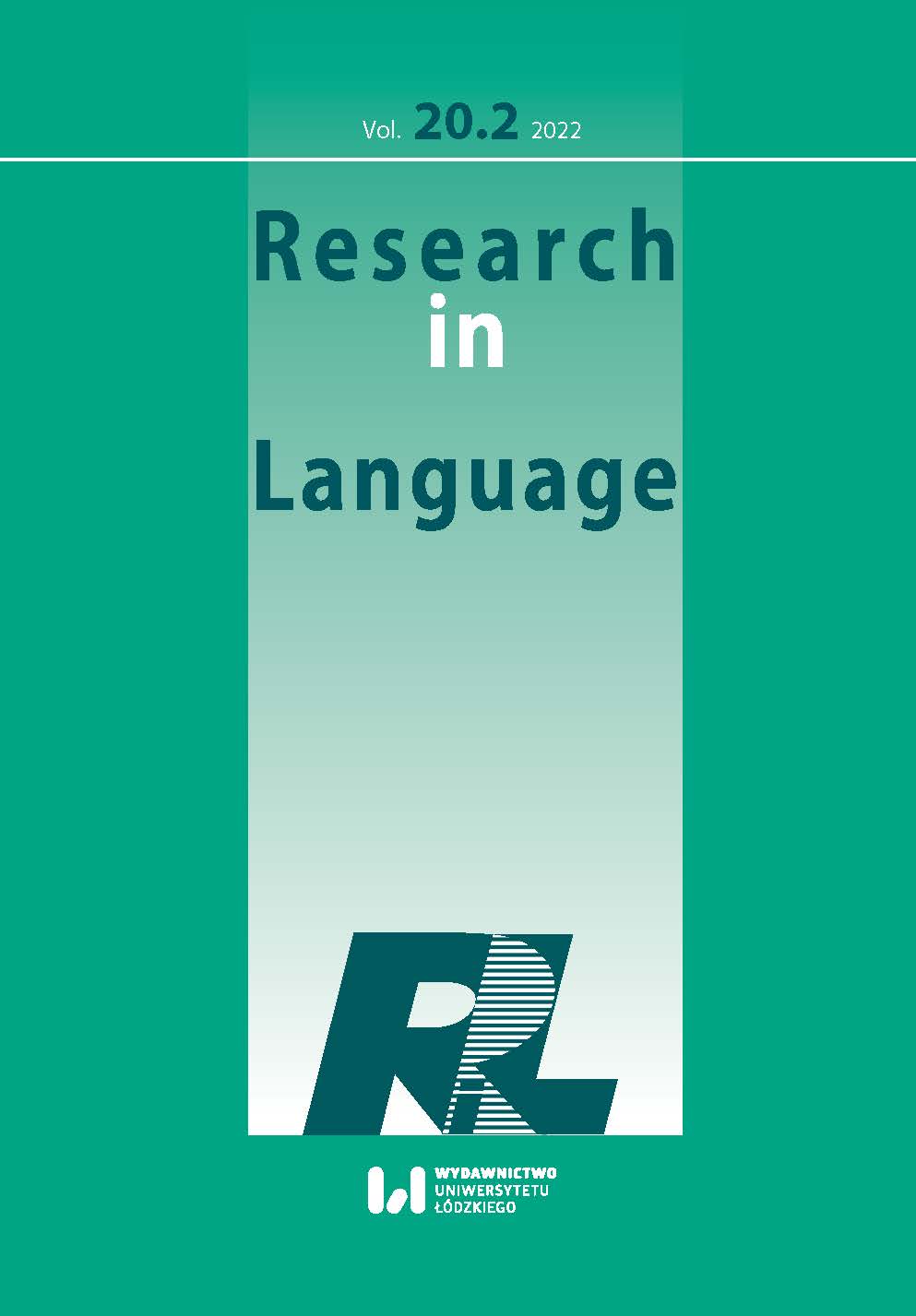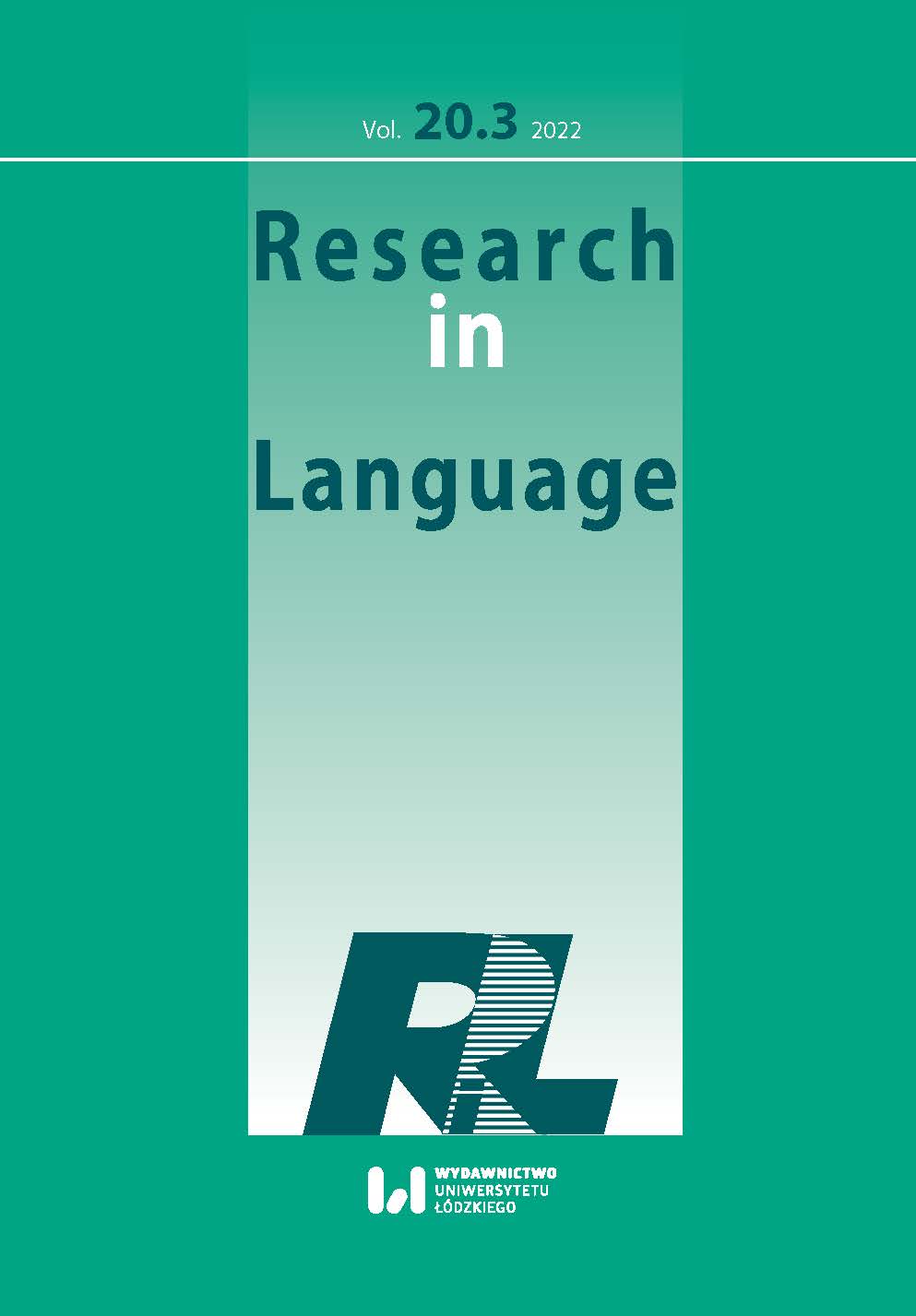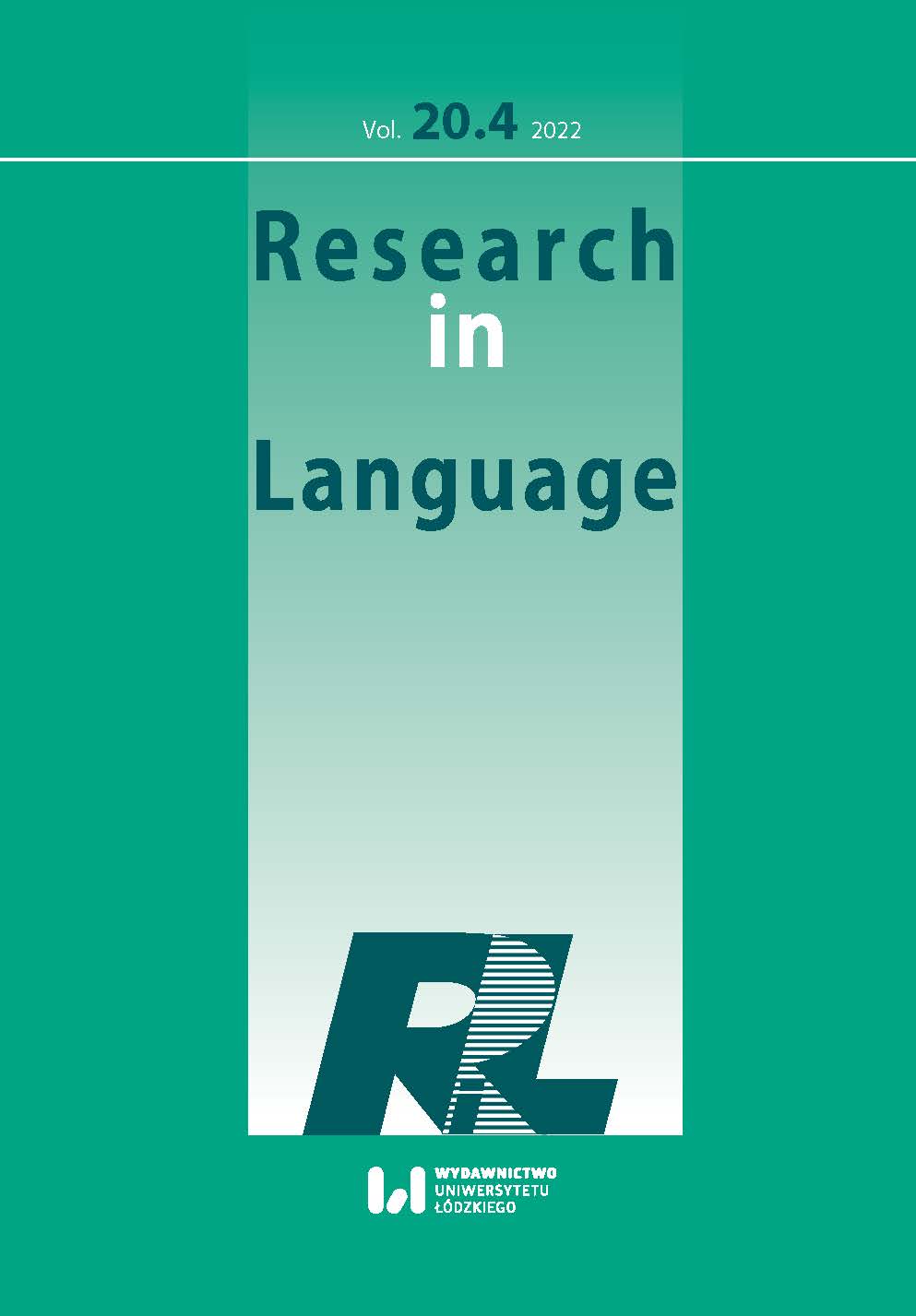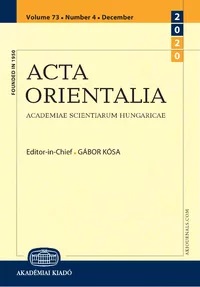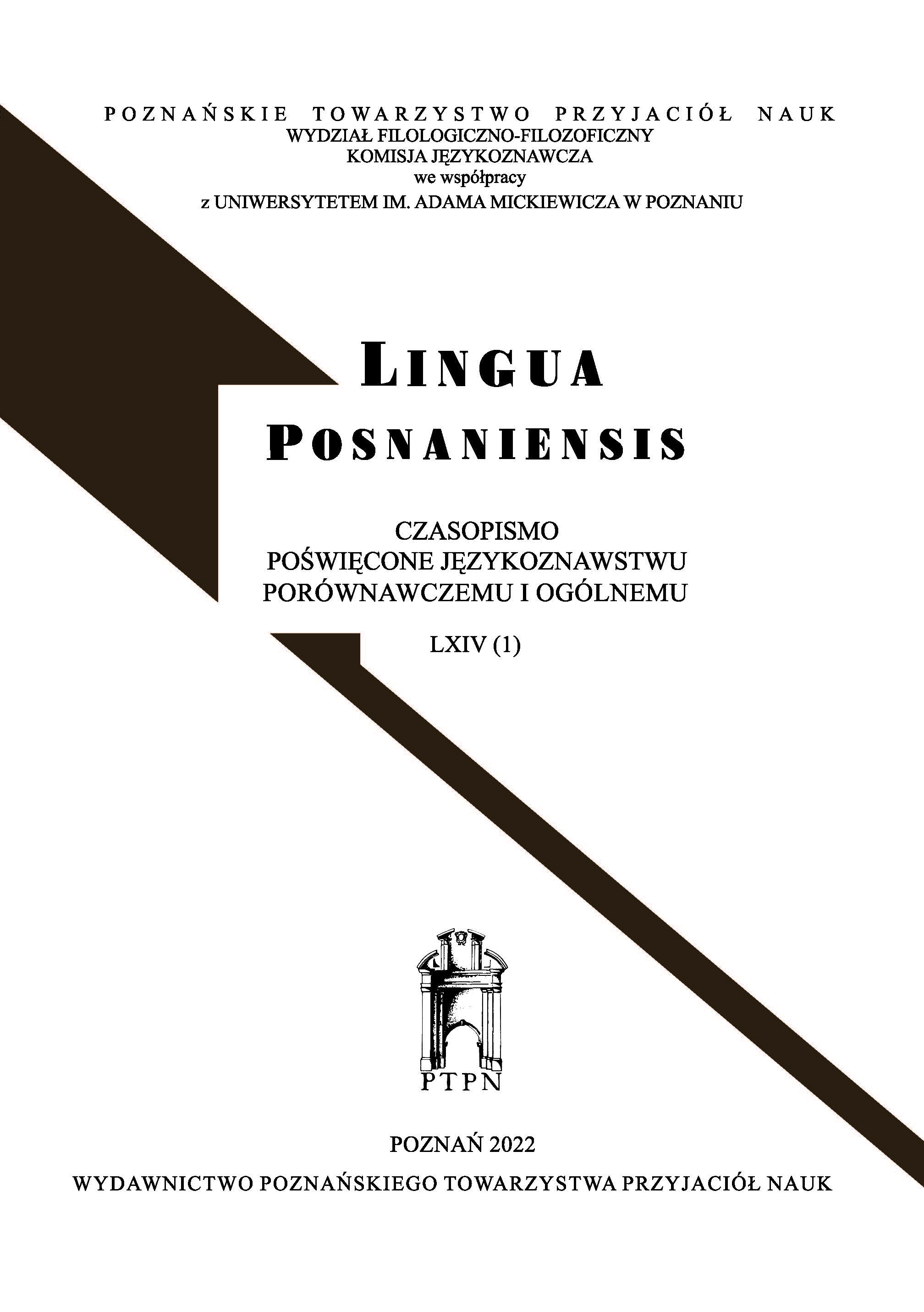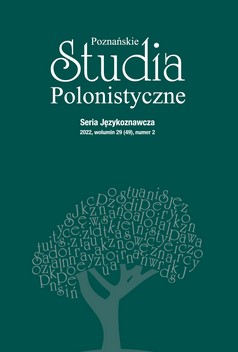
Splitting ‘intervocalic’: Expanding the typology of lenition environments
The basic types of lenition environments (‘initial’, ‘intervocalic’, ‘final’) need to be separately evaluated as they differ along parameters like word position (e.g., pre-consonantal vs. final codas) or stress relations. This paper argues that we need to recognise an additional such parameter: the length of the vowel preceding an intervocalic consonant. We show that a number of phenomena from varieties of English and German show lenition patterns which draw a distinction between reflexes found in post-short (vc) and post-long (vvc) environments. The theoretical consequence of our observations is that phonological theory needs to be able to account for the post-short vs. post-long distinction in the form of a parametrically-determined representational difference.
More...




